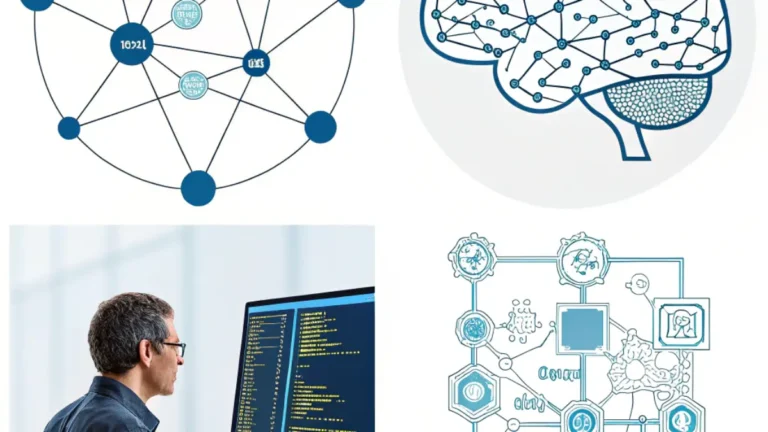
Quality Assurance is evolving rapidly in 2025: it’s no longer a “post-development checkbox” but a continuous, strategic partner in software delivery. With distributed microservices, AI-augmented testing, and regulatory pressure across industries, QA must scale not just in volume, but in intelligence, resilience, and business alignment. This blog presents the Top 10 QA best practices you need in 2025 to keep pace, grounded in industry research, modern tooling, and real-world trends.
QA Complexity in 2025 — Why the Stakes Are Higher Than Ever?
Applications today run across cloud-native microservices, IoT integrations, mobile apps, APIs, and multi‑tenant environments. Microservices architectures make quality boundaries porous and interdependent, raising complexity in integration and failure modes such as latency or data inconsistency. Meanwhile, regulatory frameworks like ISO 9001:2024 demand traceable and risk‑based QA processes, especially in finance, healthcare, and automotive. Agile CI/CD cycles compress feedback loops, forcing QA to detect and mitigate issues across all stages, even post-release. These factors mean QA now must be automated, intelligent, data-driven, inclusive (covering accessibility, real devices), and embedded in every phase.
QA Best Practices 2025: Your Top 10 List
These are the essential strategies that modern QA teams must embrace in 2025, ranging from AI‑driven automation to resilience‑testing through chaos experiments.
1. AI‑First and Autonomous Testing
AI/ML tools now handle test case generation, test prioritization, anomaly detection, and synthetic data creation, with significantly lower flaky execution rates. Autonomous testing platforms also automate result analysis and bug reporting with minimal human intervention. By 2025, these tools are standard for reducing manual backlog and driving efficiency.
2. Shift‑Left and Shift‑Right Testing
Quality should start in planning (shift‑left) and extend into production monitoring (shift‑right). Catching defects early within design or API layers accelerates delivery, while real‑time user and infrastructure metrics help detect post-release regressions.
3. TestOps & QA Orchestration
TestOps, managing test lifecycle, version control, CI/CD integration, dashboards, scales QA governance across distributed teams. It aligns QA workflows with DevOps and SRE practices for full visibility and agile delivery.
4. Low‑Code/No‑Code Automation Tools
Platforms now allow business analysts and product owners to build robust test suites without writing code. This democratizes automation and supports faster adoption across teams.
5. Risk‑Based Test Prioritization
Align testing efforts with business-critical features and risk scoring. Tools now use predictive analytics to scout high‑risk code areas, guiding test case optimization and ROI-driven QA decisions.
6. Combine Manual, Exploratory & AI‑Supported Testing
While automation handles regressions and smoke tests, human testers remain crucial for UX, edge cases, and context-aware flows. AI is increasingly helping them plan and report tests more efficiently.
7. Quality Intelligence & Metrics‑Driven QA
Track metrics like defect density, test coverage, code churn, and business impact. Live dashboards empower real-time QA triage and data-driven decisions across stakeholders.
8. Accessibility, Usability & Real‑Device Testing
Regulatory mandates in 2025 demand accessible digital experiences. QA must include automated accessibility audits, real-device testing, screen‑reader validation, and usability assessments in SDLC.
9. Chaos Engineering & Resilience Testing
Inject controlled failures via feature flags, canary releases, and chaos experiments to test system behavior under stress. This helps reveal integration weaknesses in microservices and improve production resilience.
10. Continuous Integration & Regression Automation
Automated test suites (unit, API, integration, performance) should run on every commit in CI/CD pipelines, ensuring fast, reliable feedback loops and minimizing regressions.
How ChromeQALab Can Help Embed These QA Best Practices
At ChromeQALab, we partner with teams to operationalize this full set of best practices:
- Deploy AI-first testing platforms that generate, prioritize, self-heal tests, and automate result reporting.
- Implement TestOps governance, integrating test versioning, dashboards and cross‑team workflows.
- Align QA with business value through risk‑based test frameworks & predictive analytics.
- Enable low‑code/no‑code tools for inclusive automation with real-device and accessibility support.
- Support exploratory and usability testing with AI-assisted planning and reporting.
- Integrate chaos engineering experiments, shift‑right monitoring and chaos‑based resilience validation.
- Deliver CI/CD-based continuous regression pipelines across microservices and API layers.
Conclusion
In 2025, QA is no longer a safety net, it’s a high-tech, strategic enabler of velocity, resilience, and trust. To thrive, teams must adopt AI-powered automation, embedded quality engineering, risk- and metrics-driven frameworks, and continuous validation across environments. ChromeQALab equips you with the tools and expertise to implement these Top 10 QA best practices, whether it’s building test pipelines, empowering non‑technical contributors, or integrating accessible and resilient testing flows. Step ahead, scale quality operations faster, and make QA a cornerstone of innovation, not an afterthought.





